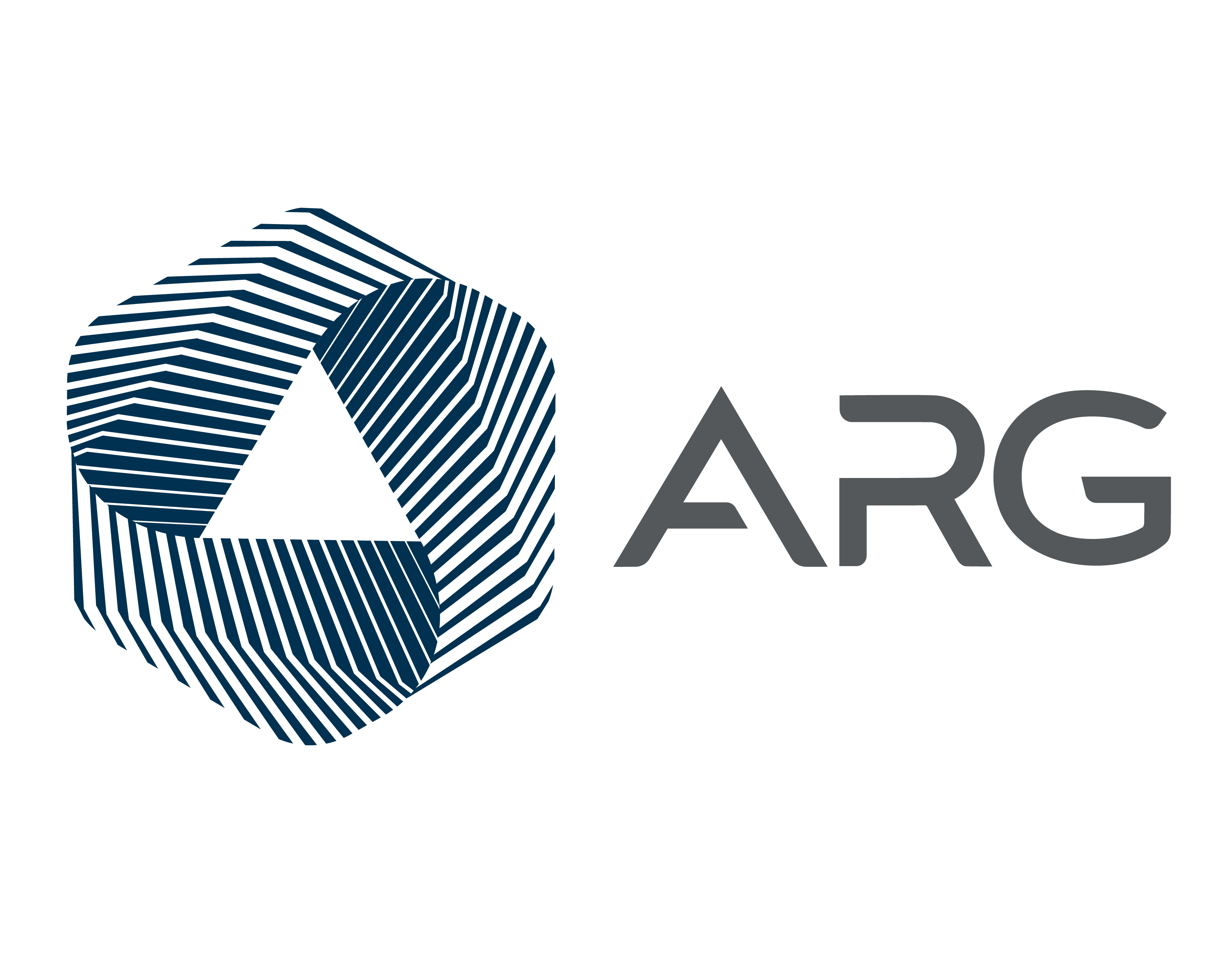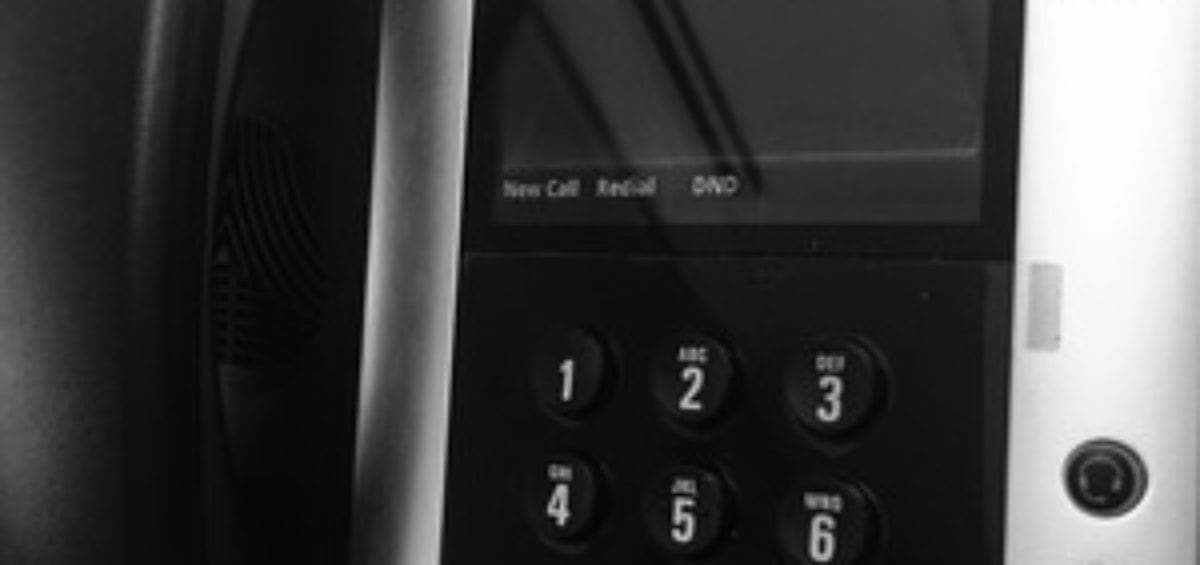We regularly manage RFPs & project plans to upgrade technology to hosted voice/UCaaS (unified communications as a service). There are a number of reasons organizations are moving this way: business continuity and disaster recovery, future proof technology, scalability, and the desire to offload the management and move everything to the cloud. In the interest of setting realistic expectations for deployment, I sat down with ARG’s project management and implementation engineering groups to find out best practices. Our team manages hundreds of projects like this every year across multiple carriers and are truly the foremost experts in the industry on getting UCaaS services up and running. Below are some of the factors that you need to consider along with some limitations of the temporary solutions that vendors may reference when faced with a short installation timeline.
Let’s start with the 4 big milestones with a UCaaS order.
The 4 major hurdles with implementing voice services in the cloud are: requirements gathering, circuit delivery, number porting (transferring phone numbers to the new provider), and phone set up and training.
Requirements Gathering
Before any carrier really begins provisioning they will have you fill out a user form (basic list of all users and their extensions) and flush out the ACD (automated call distribution) call flow and requirements- this is one piece that you can get started on early. You may have to transfer it onto their document but it is worth evaluating how you would like calls to flow and where you want phones to ring before you place an order- in fact some functionality will limit which providers you should look at.
Circuit Delivery
Gone are the days when circuits regularly got installed in 30 days or less. It still happens on occasion, but overall we see lead times increasing for most providers and you shouldn’t rush implementation on mission critical services. We recommend you allow at least 60 days lead time for a UCaaS solution with dedicated facilities. This should give you plenty of time to get your circuit in, tested, and equipment configured, shipped and installed. If you want to utilize your existing bandwidth you can shorten this interval a bit, but you will still have to contend with number porting intervals.
Number porting
Surprisingly, porting phone numbers from multiple providers isn’t as big of a challenge as the volume of numbers in a project of this kind. The bigger challenge is that porting groups of over 50 numbers from a single carrier is considered a ‘project port’ and carries an automatic interval of 30 days. This is typically 30 days from when the port order is received by the losing carrier, not 30 days from order receipt by the winning carrier. Keep in mind that all carriers will take a few days to input the order and assign provisioning and engineering resources, add in holidays and the operational days in your timeline can diminish rapidly. Considerable care should be taken here. Any change to the port order may reset the 30 day window. Missing numbers may result in having those numbers forwarded for a period of time or maintaining your old phone system until they can be moved.
Phone set up and Training
A final component of a hosted voice deployment before the actual port and activation is placing the new phones and switches and rolling the new solution out to users. Many people assume that this will go smoothly but our experience is that most providers use 3rd party contractors with varied levels of experience and technical savvy. ARG engineers have a vested interest in ensuring our client’s have a great experience and when a carrier sends out a tech or a 3rd party contractor sadly that is not always the case. ARG’s implementation engineers are on site to ensure that everything goes smoothly on the day of turn up and hold the installation techs and the carriers accountable to ensure that everything is completed correctly before anyone goes home. Some of the issues that we’ve faced are contractors that are prepaid by the carrier for a block of time who try to leave when the time is up, even if everything isn’t done, phones that are configured incorrectly, and cabling issues. As an added bonus, in the process of removing your old phone system and ensuring that we captured everything in the move our engineers will also leave your phone room a little tidier than we found it.
Temporary Solutions:
If a you have sufficient bandwidth on site and the provider is able, you can often implement a temporary BYOB (bring your own bandwidth) solution to provide a solution until the new facilities are installed and the ports complete. These solutions deliver the voice services over your existing internet circuit and can get you up and running until dedicated services are installed. This carries some requirements from the losing carrier and some limitations that you need to be aware of before you go down that road.
If service needs to be established immediately, a temporary solution would be set up using new numbers, since the port of the existing numbers would be pending with the losing carrier. This requires that the losing carrier(s) offer call forwarding of the full DID range from the existing circuits- this is common on Dynamic or SIP based PRI’s but full range DID (direct inward dial- your individual phone numbers) forwarding is not commonly available on traditional TDM PRIs or analog circuits. Regardless, forwarding from the existing carrier to the new temporary numbers will likely carry additional expense and both services will need to be up and running until the port completes and the client can disconnect their old services entirely.
Overall the feedback of our team was that to set yourself up for a successful implementation they would recommend allowing 60-75 days. There are definitely some serious challenges and carrier dependencies that may need to be overcome to hit shorter timelines, and unless the situation is dire, it may be in your best interest to allow for a longer interval. If you need to proceed with a project now, there are contingency plans you can put in place to make the process as smooth as possible and we’d be happy to walk you through them.
ARG is here to help. Contact ARG using the form below to set yourself up for a successful deployment, there is no charge and we promise it will be better than going it alone.



